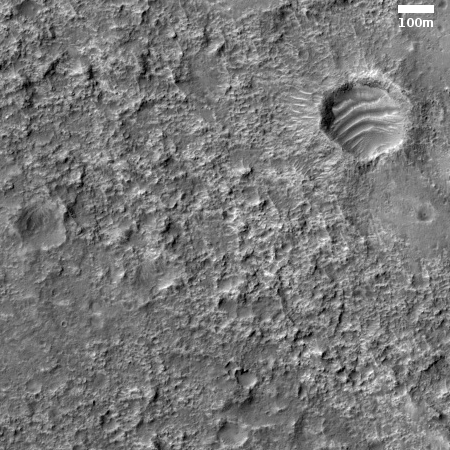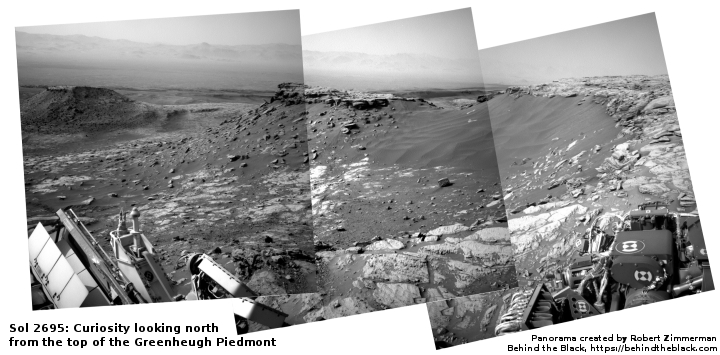New inspector general report slams NASA’s SLS management
A new report [pdf] by NASA’s inspector general released today harshly slams the management of NASA for the never-ending cost overruns and scheduling delays that have plagued the agency’s effort to build and launch the Space Launch System (SLS).
From the report’s introduction:
Based on our review of SLS Program cost reporting, we found that the Program exceeded its Agency Baseline Commitment (ABC)—that is, the cost and schedule baselines committed to Congress against which a program is measured—by at least 33 percent at the end of fiscal year 2019, a figure that could reach 43 percent or higher if additional delays push the launch date for Artemis I beyond November 2020.
… [T]he SLS Program now projects the Artemis I launch will be delayed to at least spring 2021 or later. Further, we found NASA’s ABC cost reporting only tracks Artemis I-related activities and not total SLS Program costs. Overall, by the end of fiscal year 2020, NASA will have spent more than $17 billion on the SLS Program—including almost $6 billion not tracked or reported as part of the ABC.
The graph below, taken from page 45 of the report, illustrates the management failures here quite starkly.
» Read more









